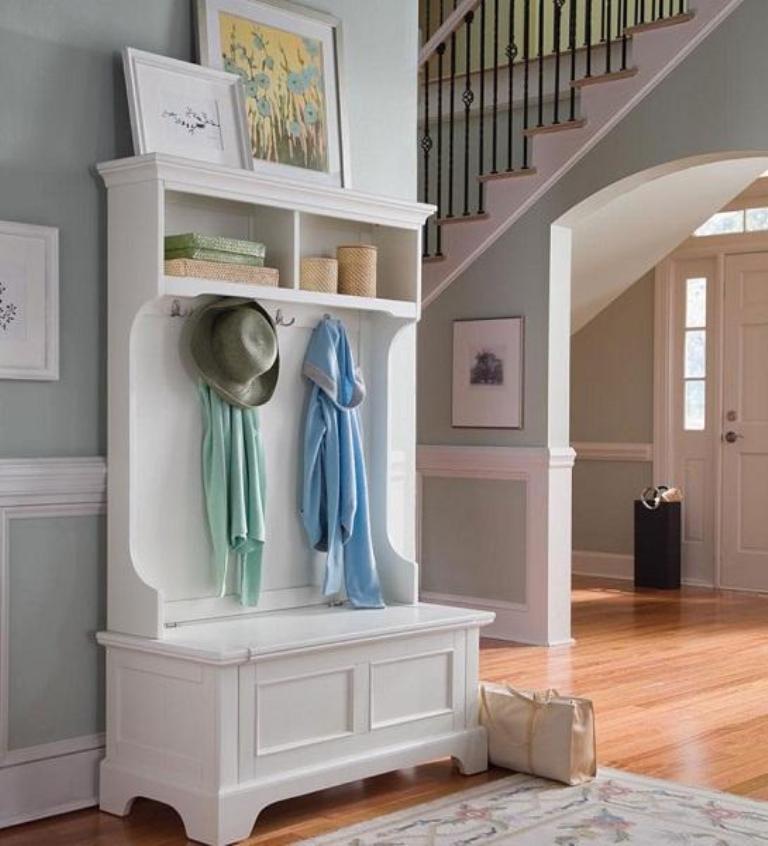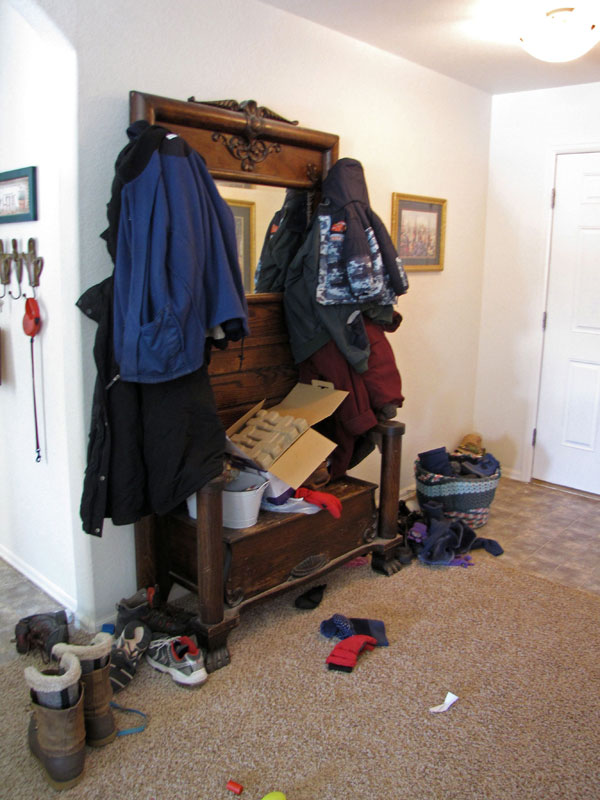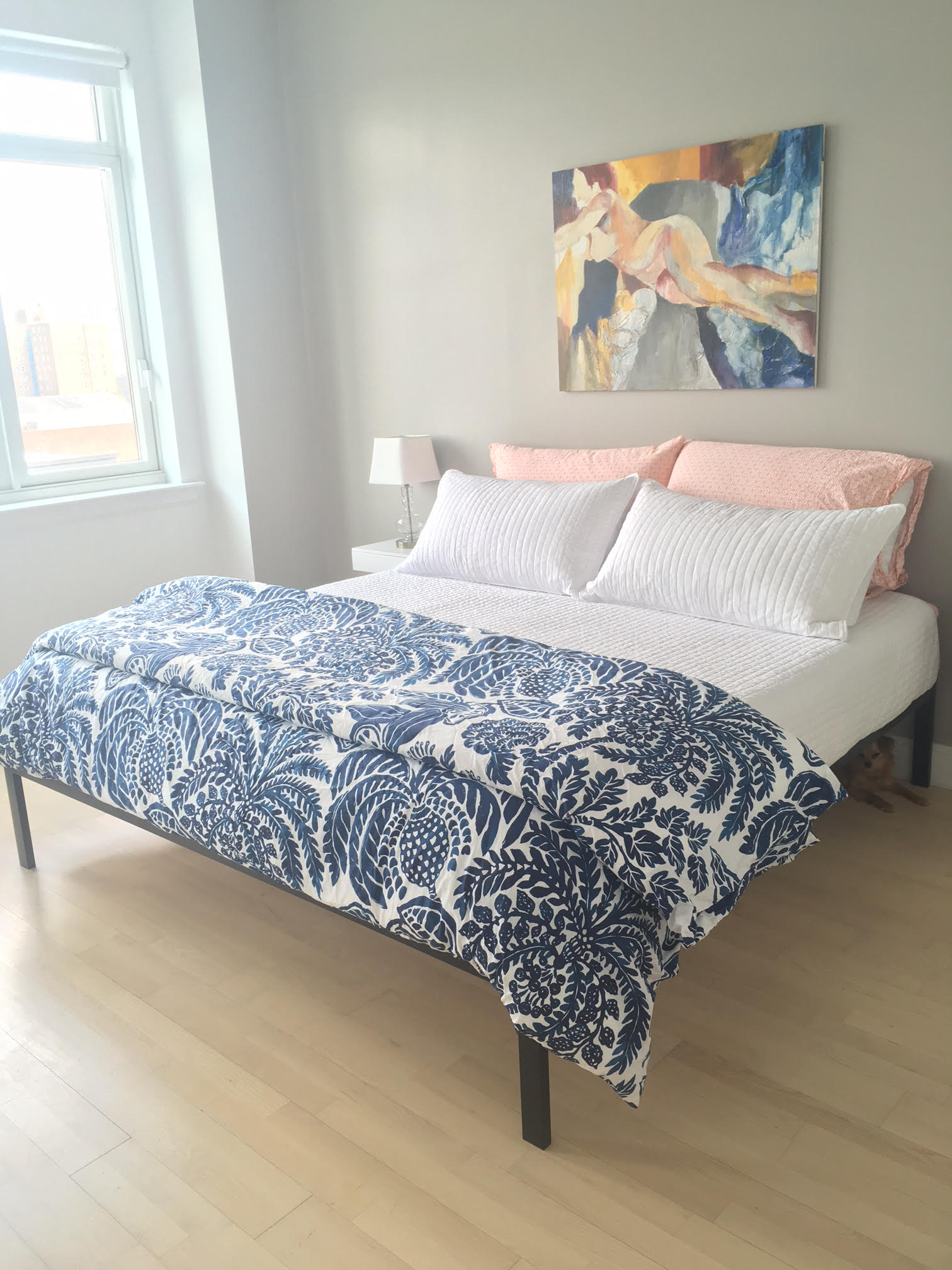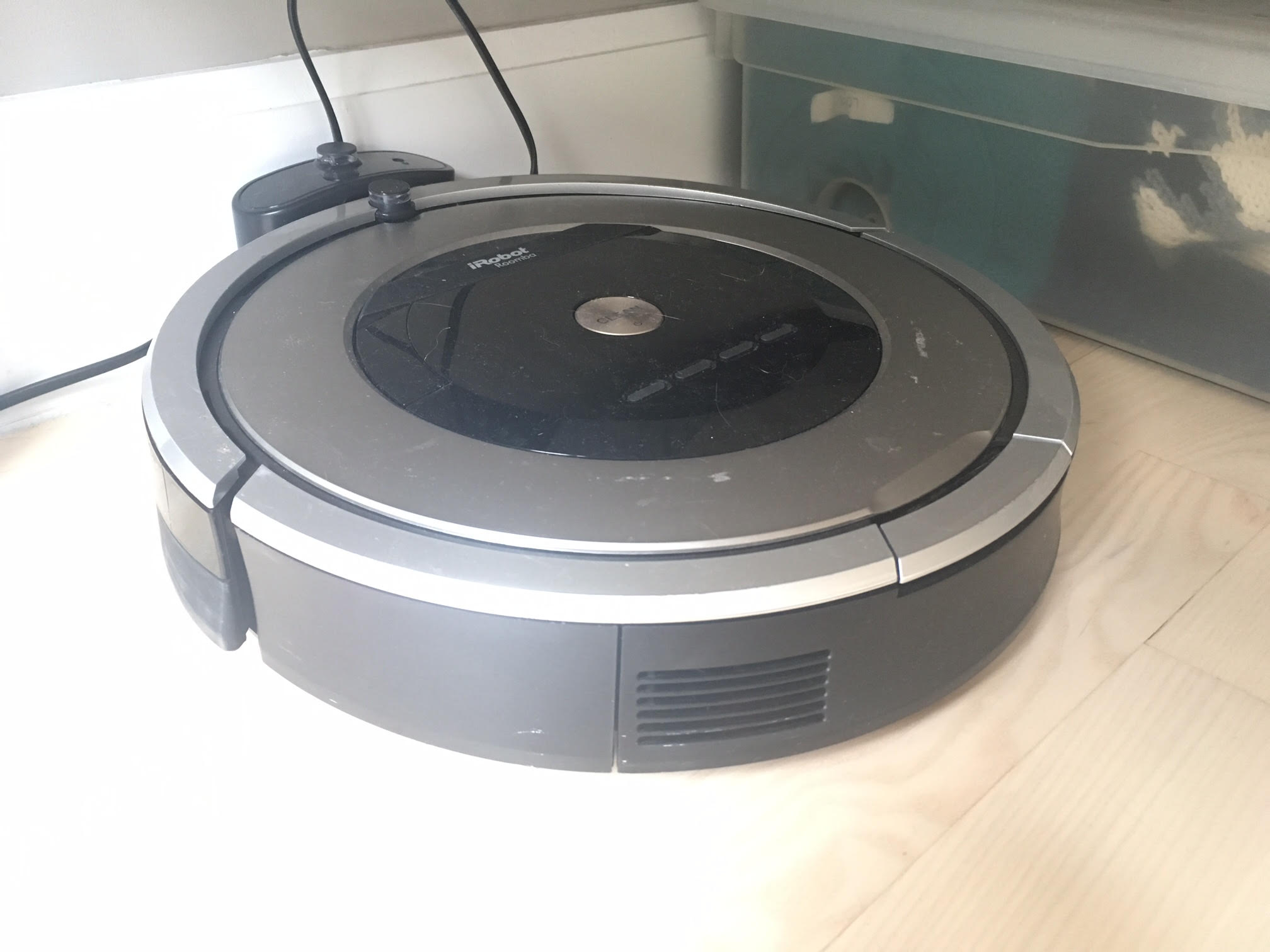Organized people tend to abide by a set of unspoken principles. While it’s possible to adopt these habits as adults, organized living is easier and more natural for those in whom these ideas are instilled during childhood.
“Work before play.”
This is a “first things first” philosophy. It’s origin, for me, is quite literal. My mother taught me as a second grader that I should do my homework before going out to play. Not only did I ensure that enough time was allotted for my work, I was also better able to enjoy my playtime knowing the only thing waiting for me at home was dinner. Requiring your kids to do their chores before getting out their tablets, for instance, is a great introduction to prioritizing work before play and instilling the habit for a lifetime of organized living.
Organized people apply this principle in many ways. When they arrive home at the end of the day, they put away their coats, bags, and shoes in their proper places before settling down for a snack. They sort and handle the mail before turning on the television. It’s said that chronic disorganization is simply delayed decision-making. That’s true but it’s also delayed action-taking. Chronic procrastination makes for chronic misery, an enduring sense of dread. Teach kids that what can be done now should be done now. Because fun is so much more fun when work is done.
“Finish this before starting that.”
Organized people complete one task before beginning another. That’s not to say that reading two books concurrently, for example, is wrong. For some, switching among a controlled number of projects prevents burnout and kindles creativity. The lesson here is to maintain awareness of what you’re doing and make conscious choices about what to do next.
Expose toddlers to this principle by helping them clean up blocks, for instance, before pouring out puzzle pieces. Very young children who haven’t yet developed a long attention span will want to switch from one activity to another frequently. It’s exhausting but sort of wonderful. Keep ahead of the mess and demonstrate good organizing hygiene by playing the “put it away” game together with your child in between activities. Start by asking them to help with a couple of items while you quickly do most of the work. As they grow, allow them to do more and more, gradually transferring responsibility from you to them.
As adults, your kids will naturally clean up the breakfast dishes before pulling out the ingredients for that cake they’re baking. They’ll put away the tools from fixing the leaky sink before heading out to rake the yard. When we clean as we go, we’re never daunted by a massive mess.
“If it’s worth owning, then it’s worth caring for.”
Whether they’re minimalists or…not, organized people treat their belongings with care. They put away clothing properly, never leaving them on the floor to be tread upon. They place kitchen items in cabinets, not tossing them around in a manner that might cause damage. They’re careful not to leave earrings near the sink or coffee mugs by the bed, or to lay their umbrella somewhere when visiting a museum. Their innate sense of pride in their things engenders an instinctive conscientiousness about where they place and how they handle them.
The easiest way to instill this principle in children is to limit the number of their possessions. A few stuffed toys will be treasured, whereas a hundred will be strewn about carelessly. Scarcity breeds conscientiousness. (Notice how, as the current pandemic reduces access to essentials, we’re suddenly discerning about how much toilet paper we use!) As kids mature, teach them the value of their belongings. They should expect that a toy left in the driveway will be confiscated. Teens should understand that no funds will be provided for new clothes if the current wardrobe is consistently stored on the bedroom floor.
This is not to say that scarcity is ever the objective. But people of all ages with a reasonably controlled volume of possessions tend not to misplace or lose, damage or destroy them. Moreover, they derive greater pleasure from each item.





















































